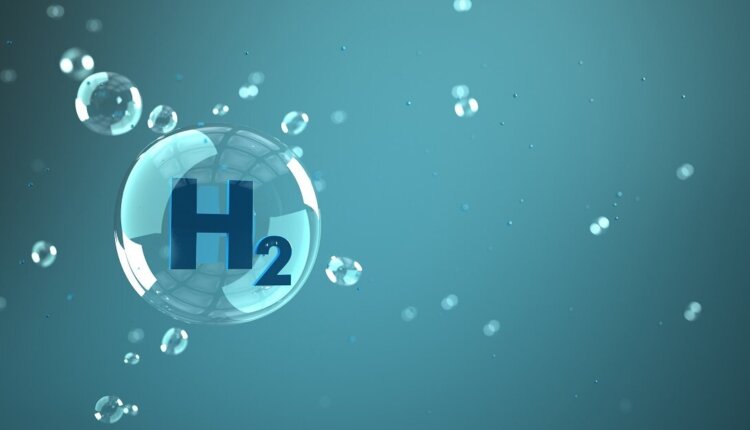With a budget of around 6 million euros over two years, the EU-funded project MOST-H2 “Novel metal organic framework adsorbents for efficient Hydrogen Storage ” focuses on research and innovation.
The goal is a new hydrogen storage based on organometallic frameworks.
MOST-H2 takes a lab-to-tank approach to developing, evaluating and demonstrating low-cost hydrogen storage technologies using monolithic metal-organic frameworks (MOFs) as adsorbents. The MOFs are cost effective and offer an optimal combination of volumetric and gravimetric capacity.
At the same time, it also has a small ecological footprint. By combining new synthesis strategies and sophisticated computational techniques, the researchers aim to produce new, sustainable, high-performance MOFs.
The main goal is the development, synthesis and experimental validation of new, ultraporous MOF-based hydrogen adsorbents. According to the researchers, this is an essential step towards more efficient, inherently safer and more cost-effective solutions for hydrogen storage compared to conventional technologies.
An important part of the project is dedicated to the development and scaling of optimal MOF materials. In the course of this, integration into a cryoadsorption storage facility specially designed for this purpose should be as uncomplicated as possible.

Based on the MOST-H2 technology, plans are being drawn up for a future commercialization of this hydrogen storage. The project thus wants to make a significant contribution to a green, sustainable and circular hydrogen economy.
As a project partner, the Steinbeis Europa Zentrum supports the communication as well as the dissemination and exploitation of the project results. It takes care of the definition of research and market needs, intellectual property rights and technology transfer, and replication and business modelling.

